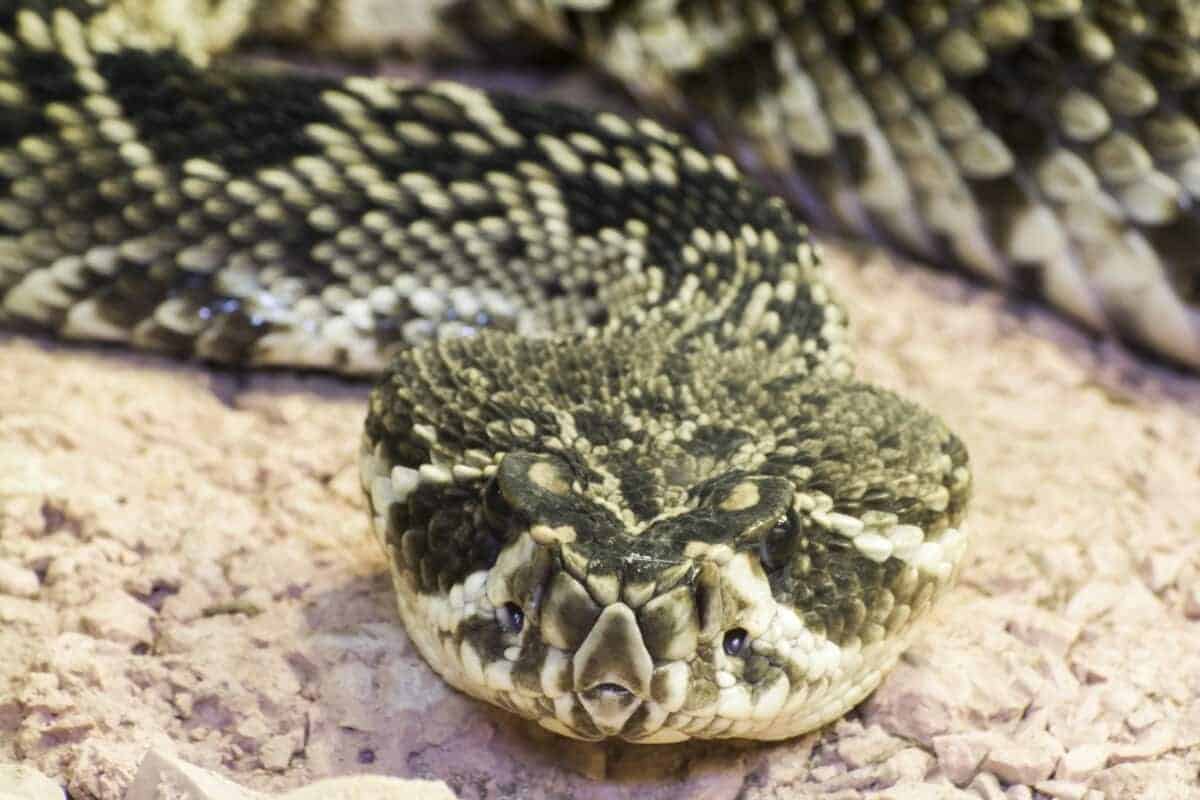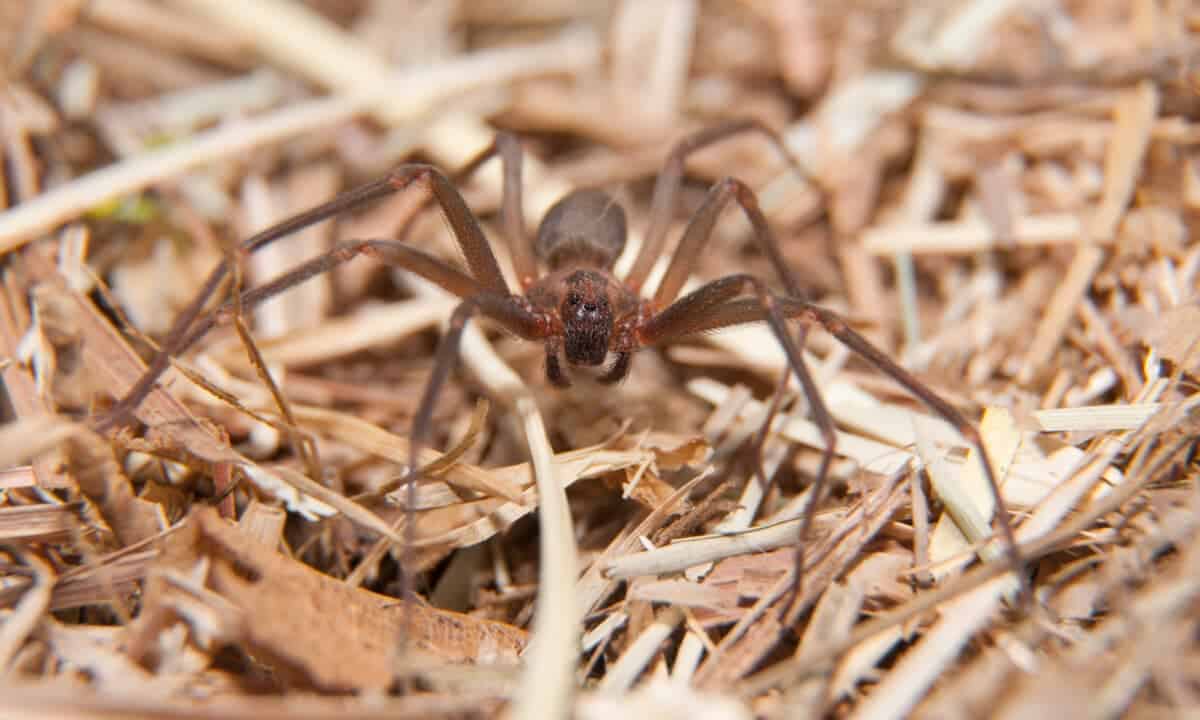In the sprawling expanse of North America’s diverse ecosystems, a cast of lethal predators silently navigates the shadows, each finely tuned for survival in its unique habitat. From venomous serpents to stealthy hunters, the continent boasts a variety of deadly creatures whose existence adds an intriguing layer to the complex web of nature.
Eastern Diamondback Rattlesnake:

Slithering through the southeastern United States, the Eastern Diamondback Rattlesnake stands as the largest venomous snake in North America, capable of reaching lengths of up to 8 feet. Armed with highly sensitive heat-detecting pits, these serpents are adept at tracking warm-blooded prey. Their venom, delivered through potent fangs, quickly immobilizes small mammals and birds. The venom itself contains a mix of enzymes that cause tissue damage and disrupt blood clotting, with a bite potentially proving fatal to humans within hours.
Mountain Lion:

Roaming the vast expanses of North America, the mountain lion, also known as a puma or cougar, is a master of stealth and ambush. Adult males can weigh up to 220 pounds and measure over 8 feet from nose to tail. The mountain lion’s preferred prey includes deer and elk, and it relies on bursts of speed reaching up to 50 mph to cover large territories, making it a formidable predator across a range of environments.
Box Jellyfish:

While not native to North America, the box jellyfish occasionally drifts into its waters, delivering a potent threat to unsuspecting swimmers and divers. Recognizable by its transparent bell and long, trailing tentacles, the box jellyfish’s venom attacks the heart and nervous system, causing cardiac arrest in mere minutes. Coastal areas where these creatures may drift warrant particular caution.
Brown Recluse Spider:

Measuring about the size of a quarter, the brown recluse spider is easily recognizable by the violin-shaped marking on its cephalothorax. Preferring nocturnal activities, these spiders are expert ambush predators, injecting venom into their prey to liquefy internal tissues for easier consumption. While rarely fatal, a brown recluse bite can lead to severe tissue necrosis, creating an ulcerating wound that may take months to heal.
Grizzly Bear:

Roaming the wilderness of North America’s mountainous regions, the grizzly bear stands as a powerful and awe-inspiring presence. Adult grizzlies can weigh up to 1,500 pounds and stand over 9 feet tall on their hind legs. Equipped with a keen sense of smell and incredible strength, grizzlies are powerful omnivores, capable of taking down large prey like moose and elk. Despite their massive size, grizzlies can reach speeds of 30 mph, showcasing surprising agility when pursuing prey or defending their territory.
Copperhead Snake:

Winding its way through woodlands and grassy areas in North America, the copperhead snake, a venomous pit viper, averages 2 to 3 feet in length. Using heat-sensitive pits to detect prey, copperheads primarily feed on rodents and amphibians. Their bites inject hemotoxic venom, causing pain, swelling, and tissue damage. While copperhead bites are rarely fatal to humans, they can induce severe pain and complications, particularly if left untreated.
North America’s Climate
As we marvel at the rich biodiversity of North America, it’s essential to recognize the delicate dance between predator and prey. In the intricate web of nature, these lethal creatures play a vital role in maintaining the balance that ensures the survival of the fittest—a testament to the raw beauty and inherent danger that coexist in the untamed corners of our continent.
Join our Forum for free today!

- Missing Cat Found Weeks Later, 40 Miles Away - July 21, 2024
- The Fastest Animal on Earth: So, How Quick Are Cheetahs? - July 21, 2024
- California Artist Rescues Abandoned Newborn Kitten From Rooftop - July 21, 2024

